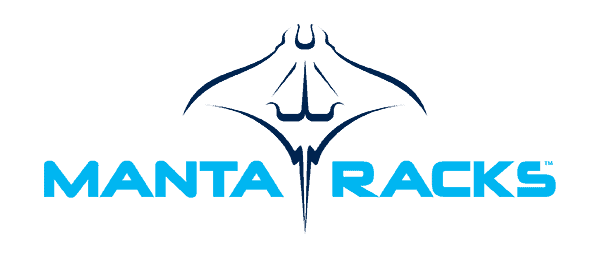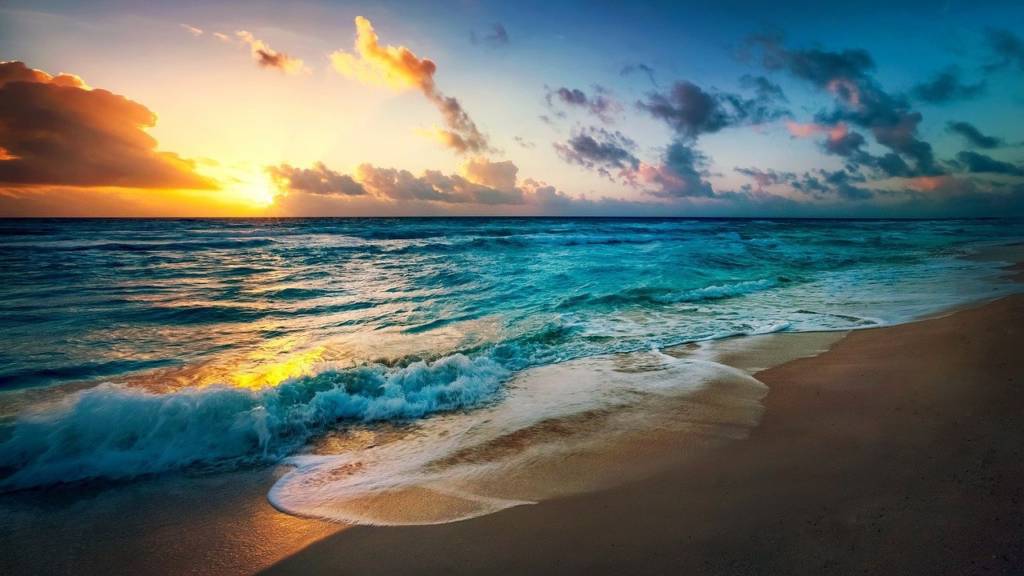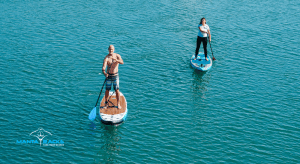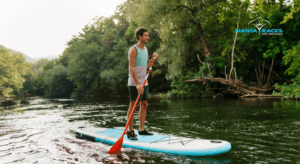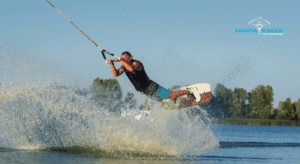You’re here to learn SUP strokes for beginners, and you’re in the right place.
Standup paddleboard (SUP) is a fantastic water sport, and it became popular in Florida rapidly (for obvious reasons). You may often see people enjoying SUPs at Coastal Dune Lakes, New Smyrna, or Naples Beach.
It’s funny when you see paddleboarders for the first time. You might have thought “Are they surfing? But with a paddle…” It’s an intriguing sport, and it’s a blast. (Believe it or not, paddleboarding is a professional sport.)
It allows you to get a great workout while taking in the beautiful Florida waters and views from a higher vantage point. Since it is (at the time of this writing) newly trending, not many people know the basics of standup paddleboarding. So we’ve come up with some basic SUP strokes for beginners.
Basic SUP Strokes for Beginners

Standup paddleboarding simply involves you standing on a paddleboard to float on the water, using a paddle to propel and move through the water. There are three basic SUP strokes:
- The forward stroke
- The reverse stroke
- The sweep stroke
Let’s take a deep dive into the forward stroke.
Forward Stroke

The forward stroke propels your paddleboard ahead and allows you to move forward through the water.
- Simply plant the paddle in the water, two feet ahead of your central standing position. Submerge the paddle blade in the water by pushing it in, move it back towards your ankles in a straight line, and pull it out of the water.
- The idea is to pull the board past the paddle instead of the paddle past the board through the water. The trick to doing this is by keeping your arm straight and twisting your torso as you paddle. Instead of pulling the paddle back with your lower hand, push it down on the grip with your upper arm. Think of it like skiing in the snow, you use the ski pole to propel yourself forward by pushing down on the snow.
- To move straight forward, you will have to alternate the forward stroke on both sides of your paddleboard. You can do two to four strokes on one side before switching to the other. Keeping your paddle vertical will help you move much straighter.
Reverse Stroke

Reverse stroke is the opposite of the forward stroke, and it helps you slow down your forward momentum, and stop, or turn the paddleboard.
- Plant the paddle by reaching behind near the tail of your board, and ensure that the paddle blade is fully submerged in the water two feet from your central standing position.
- Instead of pulling the blade forward with your arms, as one does for the forward stroke, use your torso. Keep your arms straight, twist your torso to bring the blade forward, pull it out of the water, and repeat.
- If you perform the reverse stroke on the left side of your paddleboard, it will turn the nose of the board to the left side, and doing it on the right will turn it to the right.
Sweep Stroke

This is the stroke used to turn your paddleboard while moving through the water or stationary.
- When paddling on the left, rotate your shoulders to bring your left shoulder forward, and the opposite for the paddling on the right side. Bend slightly and submerge the entire paddle blade, near the nose of your board.
- Leverage your legs and hips to twist your torso and move the paddle from the nose to the tail in a circular motion. This is a sweep stroke and performing on the left will turn your board right and vice versa.
Sidenote: Contact Manta Racks for the best paddleboard racks for fishing boats and yachts, to securely store your boards out of the way of passengers.
Contact Us to Learn More
Standup paddleboarding is a great way to get a workout while enjoying the views and it is surprisingly calming and relaxing. If you have never done standup paddleboarding, you will surely love it. As a beginner, mastering these basic strokes will allow you to easily paddle your way through the water and freely move wherever you want.
If you want to learn more about the basic SUP strokes for beginners, or the best paddle racks for fishing boats from Manta Racks in Florida, please visit our website today.
If you liked this, you’ll love “What are the Best Paddleboarding Destinations in Florida?”
